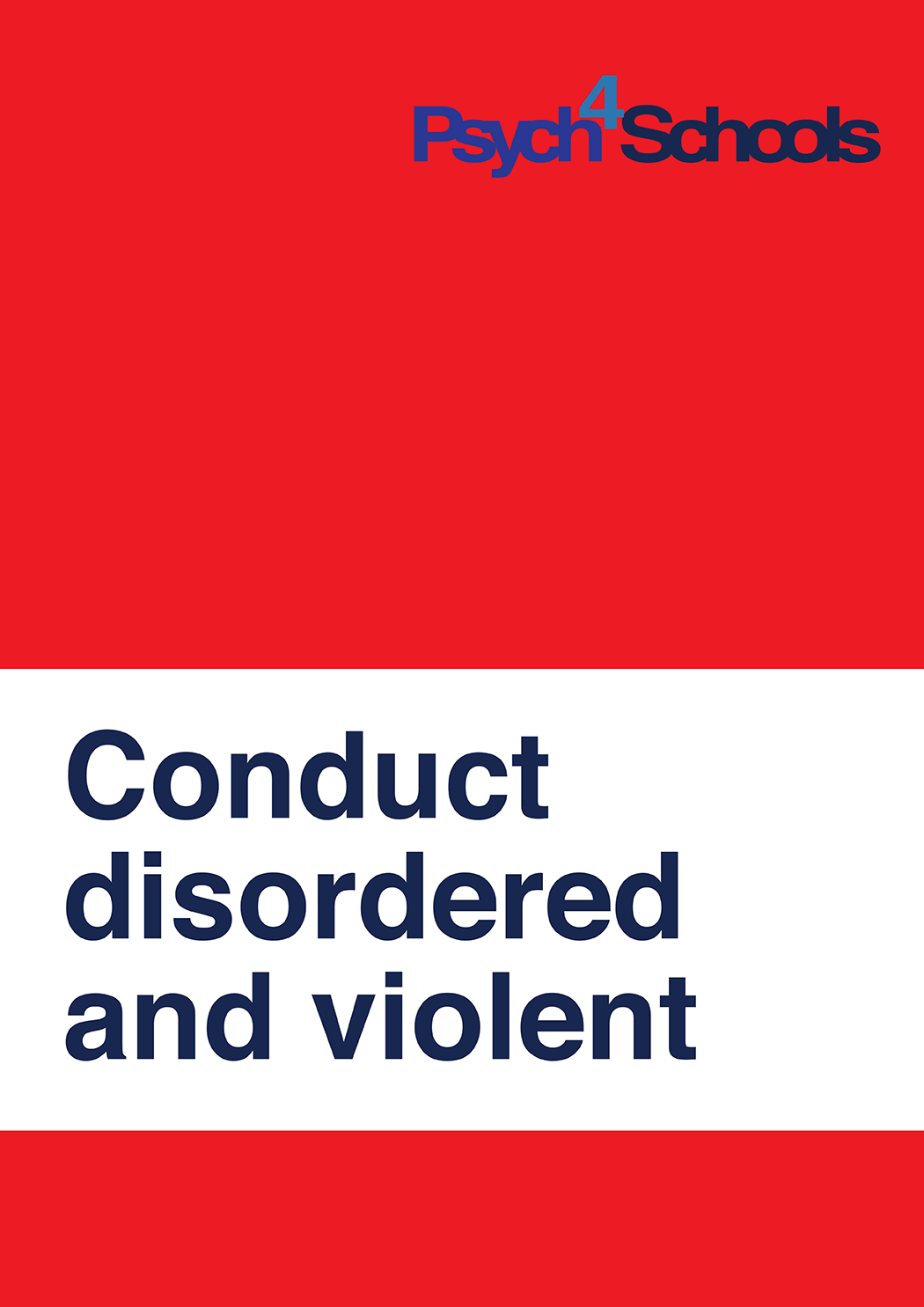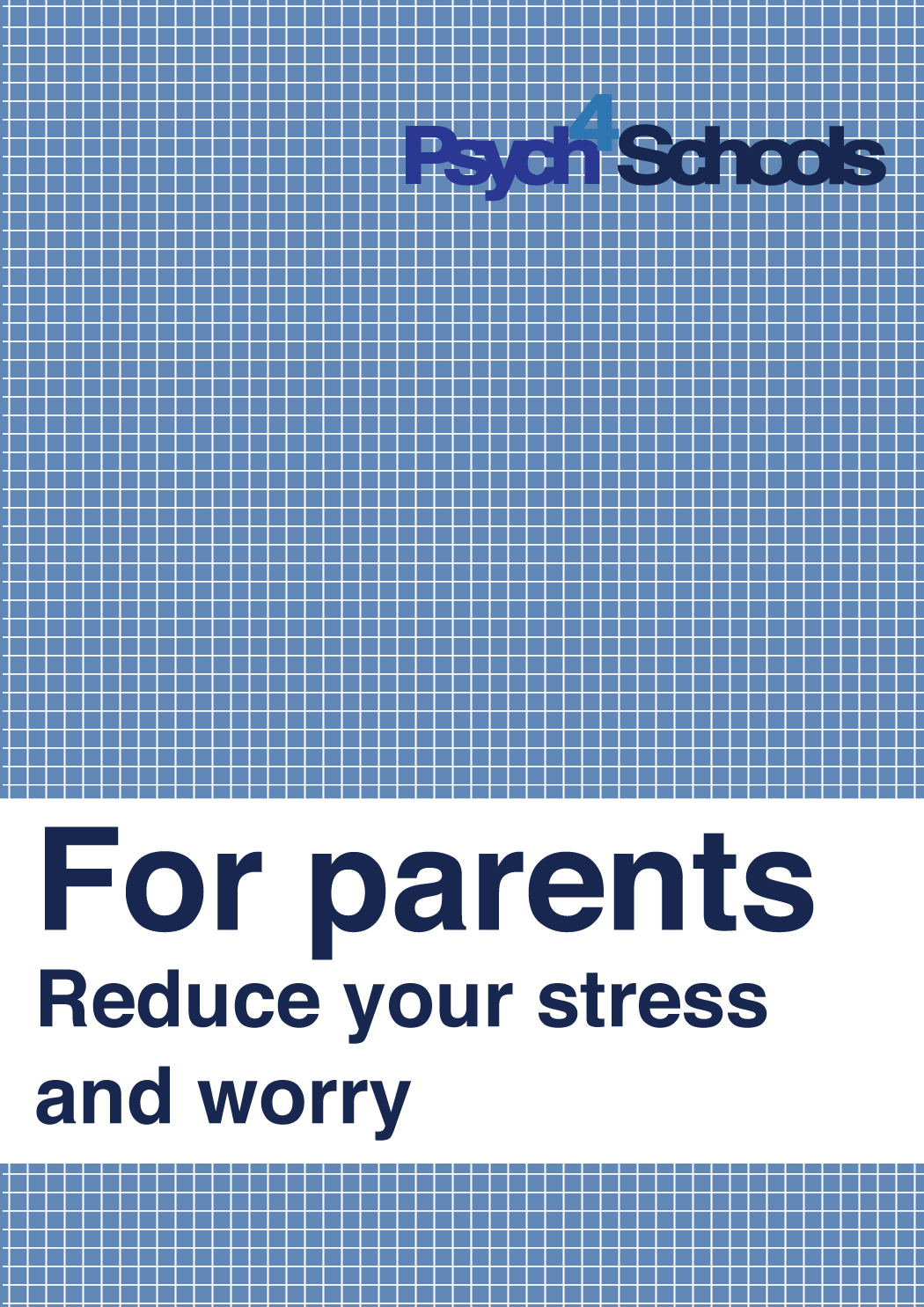Asperger’s Syndrome
The following is an excerpt from the ebooklet Working with children diagnosed with Asperger's syndrome by Murray Evely and Zoe Ganim.
Introduction
Children with Asperger’s syndrome interpret the world very differently from other people. Asperger’s syndrome is characterised by significant impairments in the child’s social communication skills, difficulty regulating emotions, sensory sensitivity, learning difficulties, and repetitive or persistent behaviours and interests. They are typically eccentric and one-sided in social approaches with others and are often labelled ‘little professors’ as a result.
Asperger’s syndrome is an autism spectrum disorder. Autism spectrum disorders can be described on a continuum of behaviours, with Asperger’s syndrome being at the high-functioning end of the spectrum. Asperger’s syndrome is often confused with high-functioning autism. The main difference between Asperger’s syndrome and high-functioning autism is that children with Asperger’s syndrome do not have delays in their language development.
It is important to understand that children with Asperger’s syndrome are often quite different from one another.
Asperger’s syndrome is diagnosed based on the presence of a cluster of characteristics. One child may display more of a certain behaviour than another child. For example, one child may have an almost obsessive interest in cars, limited social skills, and be very quick to anger, while another child with Asperger’s syndrome might present as withdrawn, shy and hard working, with one or two close friends with similar interests.
Characteristics of children with Asperger’s syndrome
Children with Asperger’s syndrome display some of the following characteristics:
- Impaired social skills and difficulty understanding the social world, such as,
- lack of understanding of rules of social behaviour
- difficulty forming age-appropriate friendships despite wanting friends and often feeling lonely
- problems reading others’ non-verbal body language, particularly facial expressions, gestures and body position cues
- difficulty in correctly identifying emotions in other people
- poor understanding of personal space
- lack of empathy
- limited eye contact
- uncertainty about how to be part of the group, often on the periphery and sometimes preferring to watch or observe others.
- Impaired two-way communication skills and language difficulties, such as,
- problems engaging in a two-sided conversation
- difficulty interpreting words and sayings, often taking things literally. For example, the child might cross out the word ‘all’ in the heading ‘All about me’ on a worksheet and re-label it ‘Some things about me’
- not always understanding the subtle meaning of words to describe behaviours and emotions. For example, if poked once accidentally, the child may believe they have been bullied and hold a grudge
- speaking or reading in a formal ‘adult’ manner, accent or monotone voice.
- Weaknesses in imagination and play skills, such as,
- playing alongside other children rather than interacting with others
- difficulty writing creative stories
- difficulty comprehending text, particularly fiction.
- Delayed gross and fine motor skills, such as,
- slow, messy handwriting
- poor coordination
- difficulty throwing, catching, jumping, hopping, skipping
- clumsy or odd running style.
- Difficulty regulating emotions and anxiety, such as,
- being quick to anger, easily offended and upset, displaying tantrums and sulking
- brooding and holding grudges over small incidents, often for extended periods
- being aggressive, noncompliant, or avoiding perceived difficult situations
- being emotionally ‘flat’ with periods of sudden ‘highs’ and ‘lows’.
- Narrow interests and a preference for routine, such as,
- displaying repetitive, obsessive or ritualised behaviours or activities
- having difficulties with change, especially timetable and teacher changes
- engaging in very narrow interests such as trains, timetables, cricket, spiders, war, to the exclusion of most other things.
- Learning difficulties, such as,
- hyperactivity or having a short attention span
- being slow in processing information
- impaired organisation skills
- difficulty with some motor tasks
- difficulty expressing themselves in a number of writing genres, particularly creative writing
- lack of motivation to learn for parts of the day, particularly during afternoons.
- Hypersensitivity to sensory experiences, such as,
- displaying fear or distress in relation to some textures, lights, sounds and noises, tastes, smells, objects and sights, resulting in changes in behaviour such as becoming upset or fearful
- increases in noise, heat and movement, which can also be sources of stress triggering behaviour changes or distress.
How is Asperger’s syndrome diagnosed?
Children with Asperger’s syndrome display many of the behaviours listed above on a spectrum ranging from mild to severe impairment or difficulty. A diagnosis is made based on the existence of a pattern of behaviours rather than a single symptom. A multidisciplinary team of professionals, including paediatricians, psychologists and speech pathologists, typically make a diagnosis. While some children are diagnosed in preschool, others may not be diagnosed until mid to late primary school, or later.
In some cases, siblings and one or both parents may exhibit similar characteristics. If appropriate, you can offer support (including parenting advice) from the school psychologist to the family.
Challenging behaviour
The behaviour of children who have Asperger’s syndrome is often viewed as being odd, intentionally rude or challenging. Such behaviours are not intentional but are due to neurological differences in the child’s brain. These neurological differences mean that children with Asperger’s syndrome interpret the world differently from most of us, and it can be a confusing and sometimes frightening place for them.
These children typically have heightened levels of anxiety as a result of the difficulty they have accurately reading social interactions. They are also often unable to express or correctly identify their feelings. This can lead them to avoid tasks, display repetitive behaviours, become distressed, irritable, depressed, inattentive or frustrated, hyperactive, aggressive or oppositional. At school, these behaviours tend to increase following a change in routine, following a confrontation, and towards the end of the day, week or term as they become tired.
Typical warning signs that challenging behaviours may be about to occur:
- Change in tone of voice
- Appearing tired
- Scowling
- Shrugging shoulders up towards ears
- Being quiet and withdrawn
- Being loud and making lots of noise
- Repetitive movements or actions
- Asking for ‘down time’
- Wanting to engage in the special interest
Note
In Australia, a funding package for families of children diagnosed with Asperger’s syndrome is available from the Federal Government’s Department of Families, Housing, Community Services and Indigenous Affairs, under Medicare Benefit Schemes: The Enhanced Primary Care Plan, The Mental Health Care Plan and the Helping Children with Autism Program. For an example see, www.autismvictoria.org.au
Strategies to support the child with Asperger’s syndrome
General management guidelines for the classroom
- Follow any recommendations made by the child’s specialist, doctor or psychologist.
- Speak to the child’s previous teachers or the child’s parents. Strategies that have worked with another child with Asperger’s syndrome may not work with this child. Find out what worked well with the child last year. Using successful management strategies from last year can provide continuity for the child and assist you with classroom management. However, strategies need to be updated. Not all strategies that worked last year will work this year.
- Develop an Individual Learning Plan. Ensure the plan focuses on the child’s interests, strengths and weaknesses. It is important to include the development of social skills, emotion regulation, and daily down times in this plan. Review and update the plan each term.
- Use inclusive strategies to assist the whole class. Strategies to assist the child with Asperger’s syndrome will assist other children in the class, particularly those with learning difficulties. Use of these strategies with the whole class will also decrease the stigmatisation of the child and reduce teacher workload.
- Be flexible in your expectations of the child. Children with this syndrome will never be all-rounders. They need to be treated individually—behaviour management, instructions, assessments, homework and even classes may need to be adapted to meet the individual needs of the child. As the child gets older it may be advisable to excuse the child from certain tasks or classes they struggle in (such as art, physical education). The child could attend social skills or an emotion management group, or a homework club during these class times. What is expected of the child at school will depend on the child, and will need to be carefully considered in consultation with the child’s parents, senior staff and psychologist.
- Develop a whole-school management plan. The plan should highlight the child’s strengths and weaknesses and identify what works best in managing the child. It should list triggers, such as change of routine without warning, loud noises or other identifiable issues that might distress the child. The plan should be no more than two pages and be given to all school staff to ensure consistency in supporting the child.
Provide a copy in a special folder for casual relief teachers. Ensure confidentiality by storing it in the classroom teacher’s filing cabinet or in the school’s front office. See the Psych4Schools website for ‘Whole school management plan for students with Asperger’s syndrome’.
- Use logic to change behaviours rather than consequences. It is more effective to use reasoning with the child to change an unwanted behaviour than by providing negative consequences such as the banning a special interest. For example the child may frequently call out the answers in class when not appropriate, which may be irritating for the teacher and the child’s peers. Instead of providing a consequence such as sending the child to the Principal, it is preferable to talk privately with the child about their behaviour. When talking to the child praise them for being so clever and knowing the answers, but inform them that to be really smart the child would not say the answer aloud unless the teacher asks, or provide the answer only once each day. Explain that by calling out the answers the child is annoying their peers and may in turn lead to other children being less likely to want to be the child’s friend.
- Learn as much as you can about Asperger’s syndrome by attending professional development workshops, and reading appropriate books, journals and websites. Suggested resources are listed in the resources section at the end of this ebooklet.
ISBN 978-1-921908-25-5
Copyright © Murray Evely and Zoe Ganim 2011
No part of this excerpt may be reproduced or reprinted without permission in writing from the publisher.
Click here to read copyright details, summary of the licence and terms and conditions to use and reproduce our digital materials granted to authorised users.
This article is an excerpt from the ebooklet Asperger’s Syndrome.
Download the complete ebooklet for full access to strategies and resources, including:
- Verbal communication with the child
- Visual communication with the child
- Building writing and literacy skills
- Teach social skills
- Decrease challenging behaviours
- Seating in learning areas
- Special interests
- Homework and tests
- Games, sport and physical education
- Recess and lunchtime
- Resources





